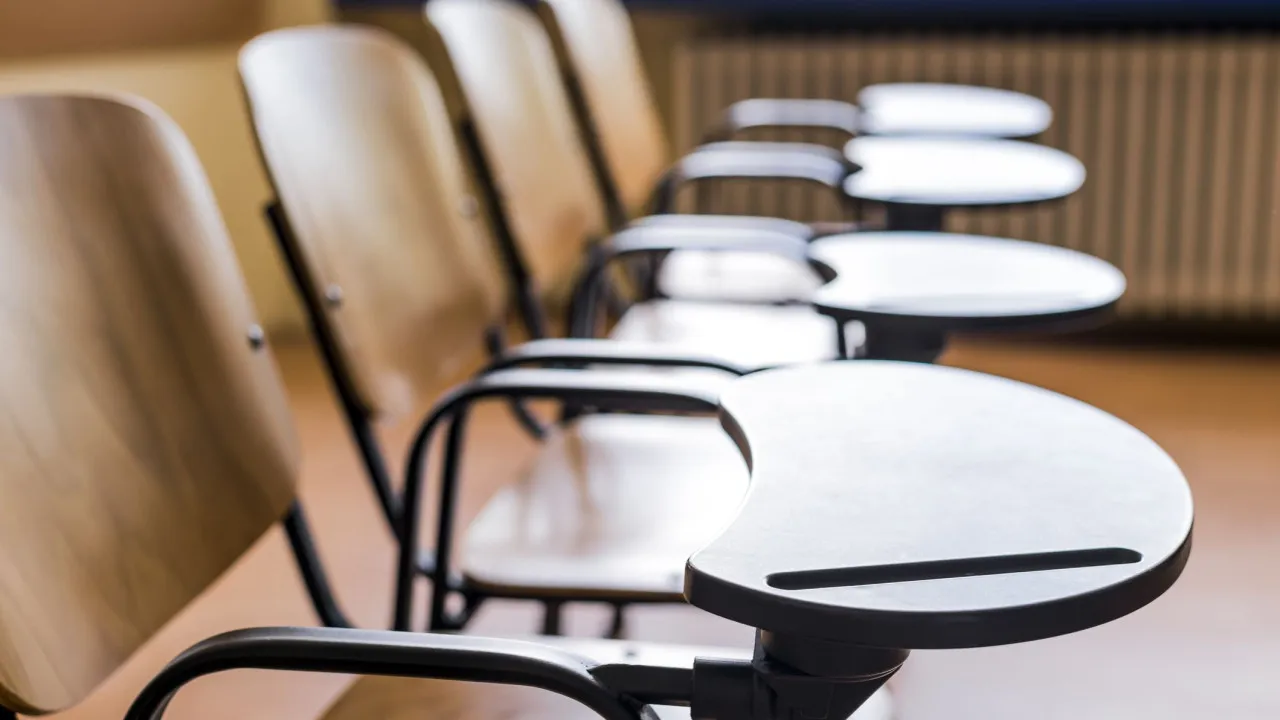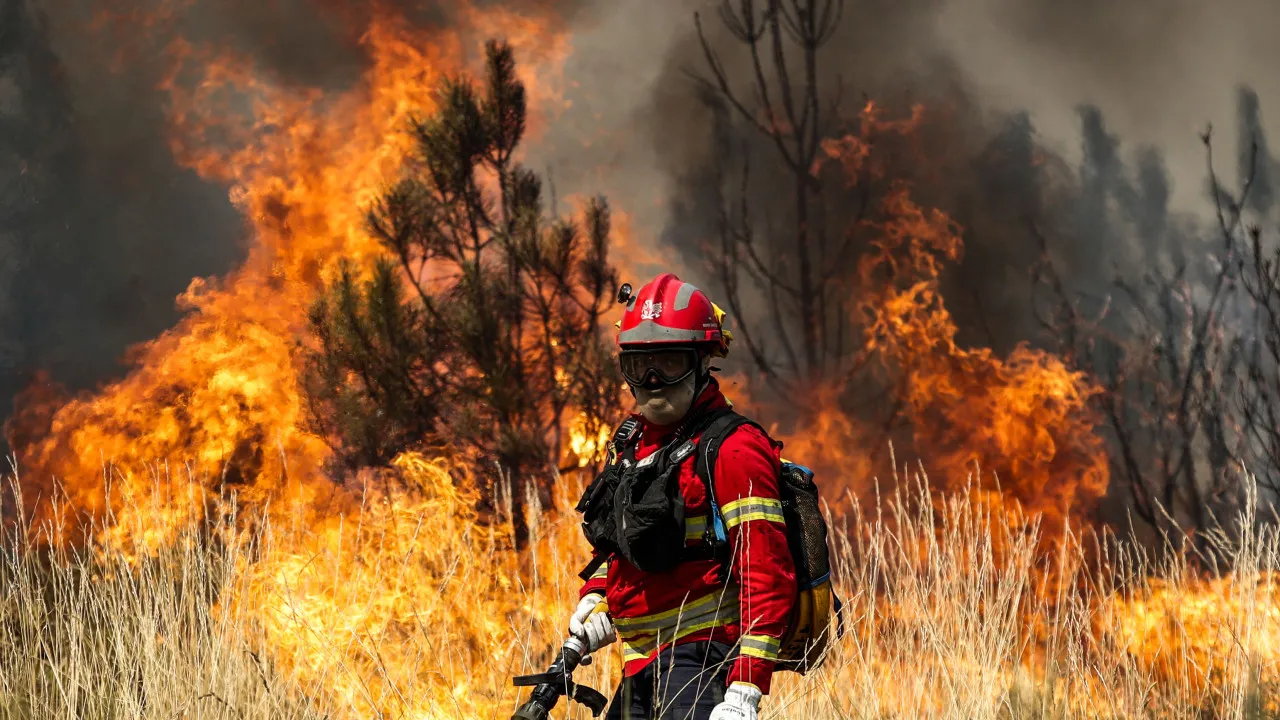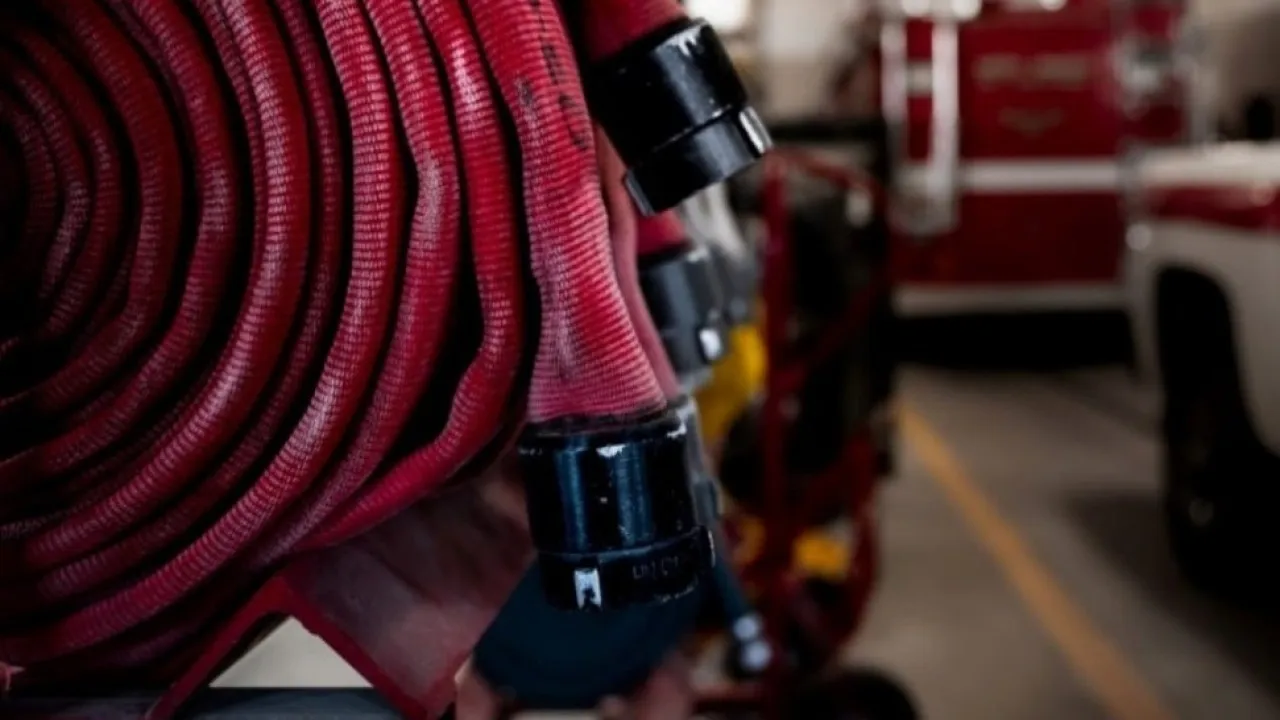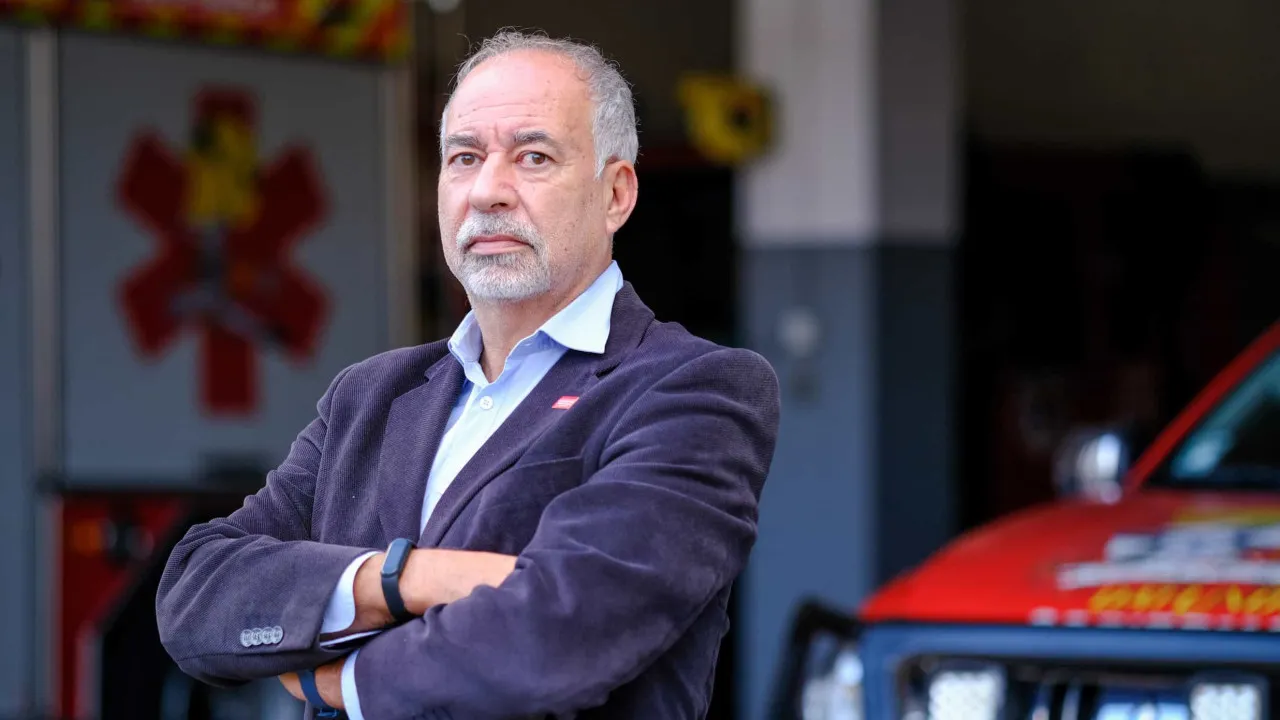
The results of the first phase of the National Higher Education Admission Contest were announced today, revealing that approximately 43,000 students have been placed, including 1,548 recipients of the A-level School Social Action (ASE) support.
The data further indicates that the majority (1,123 applicants) accessed higher education through the priority quota designed to boost representation of students from less privileged backgrounds in higher education.
Despite these measures, there remains a low presence of students from disadvantaged backgrounds in higher education, with numbers decreasing compared to last year.
Ministry data reveals an increase in admissions in 2024, with 107 more students receiving ASE support and an additional 55 students benefiting from the quota established in 2023 by the previous government.
The ministry added that 119 candidates failed to secure a spot in this phase, even though they applied via the quota.
These students have priority placement provided they meet the general admission criteria, competing for the available 2% of places per course or at least two places, without occupying general admission slots.
Several studies have highlighted the correlation between academic failure and low socioeconomic status, with higher dropout rates among poorer students. Conversely, students from privileged backgrounds tend to dominate higher education courses with stringent entry requirements.
The low enrollment of underprivileged students in higher education prompted the government to establish a priority quota in 2023, resulting in the doubling of beneficiaries in higher education, with 2,800 disadvantaged young people securing places.
However, a study by Edulog researchers earlier this year demonstrated that this mechanism remains underutilized, despite finding that without this quota, 41% of A-level students would not have qualified for their chosen courses due to insufficient grades.
The Ministry of Education reiterates that to ensure improved conditions for the start of the academic year for disadvantaged students, subsidies for beneficiaries up to the third tier will be advanced to the placement phase, “to be decided and notified immediately.”
“Subsequently, decisions regarding the allocation of +Superior scholarships, intended to support higher education attendance and encourage settlement of young people in less populated areas, will be made and notified,” the ministry stated in a release.
In this first phase, the number of students placed in institutions in less popular regions has decreased by 21.1%, now totaling 10,151 students.
Regarding other priority quotas, 152 students with disabilities and another 304 in emigrant and Lusodescendant quotas were placed.
This year saw a reduction of nine thousand applicants in the first phase, resulting in a 12.1% decrease in placements compared to last year: Of nearly 50,000 applicants, about 43,000 secured a spot, marking a placement rate of 90%.
Enrollments for newly placed students will be conducted from August 25 to 28. The majority (63.1%) secured their first choice, and 90.9% were placed in one of their top three choices, representing the highest figures in recent years.
However, students wishing to change courses or those not placed may apply to the second phase of the CNAES, commencing Monday and concluding on September 3.




